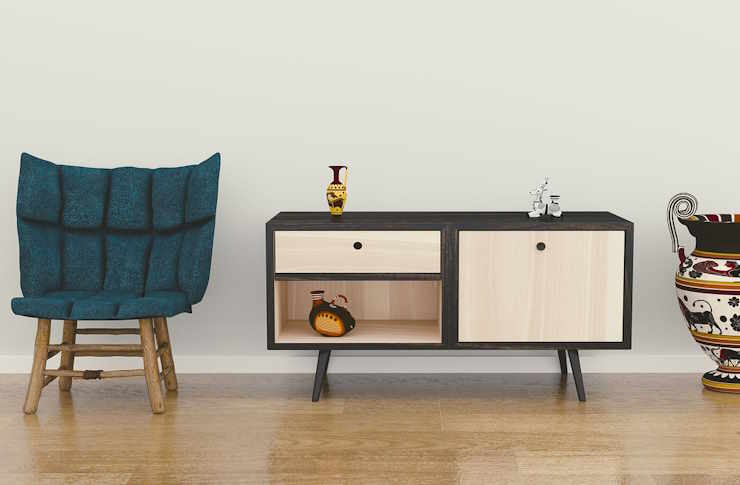The Emerging Popularity of Multifunctional Spaces: A Deep Dive
As our homes increasingly become our sanctuaries, multifunctional spaces are quickly becoming a design necessity. Multifunctional spaces, or rooms that serve more than one purpose, can help make our homes more efficient and adaptable. Dive into the world of multifunctional spaces as we explore their history, current trends, and practical benefits.

From Necessity to Innovation: A Brief History of Multifunctional Spaces
Multifunctional spaces are not a new concept. Historically, many households would utilize a single room for various activities due to limitations in space and resources. However, with the evolution of residential architecture and interior design, these spaces have transformed from a necessity into a symbol of creativity and innovation.
The Rise of Multifunctional Spaces: Today’s Design Trends
In recent years, the popularity of multifunctional spaces has surged. This rise can be attributed to a shift towards smaller, more efficient living spaces, as well as a growing desire for flexibility in home design. Modern multifunctional spaces can be anything from a home office that doubles as a guest room to a kitchen that serves as a family hub for cooking, dining, and socializing.
The Practicality of Multifunctional Spaces: Market Trends and Daily Living Enhancement
The market for multifunctional spaces is booming, with consumers increasingly seeking out furniture and accessories that support versatile living. These spaces not only save space and resources but also enhance daily living by providing flexibility and adaptability. Whether it’s a studio apartment that needs to maximize every square inch or a large home looking for ways to utilize idle spaces, multifunctional design offers a practical solution.
Underpinning Research: The Science Behind Multifunctional Spaces
Numerous studies confirm the benefits of multifunctional spaces. According to research, spaces that serve multiple purposes can boost productivity, improve mood, and even enhance overall well-being. The ability to adapt and change the function of a space depending on needs and circumstances can create a more fluid and less stressful home environment.
Creating an Inspiring Multifunctional Space: Techniques and Recommendations
Creating a multifunctional space requires careful planning and thoughtful design. Key considerations include choosing versatile furniture, optimizing storage, and creating clear zones within the space. It’s also important to consider the aesthetic appeal of the space - while functionality is key, a multifunctional space should also be a place that inspires and delights.
Multifunctional spaces represent the future of home design - a future that is dynamic, adaptable, and efficient. As we continue to explore and innovate within this space, one thing is clear - the possibilities for multifunctional design are limitless.




